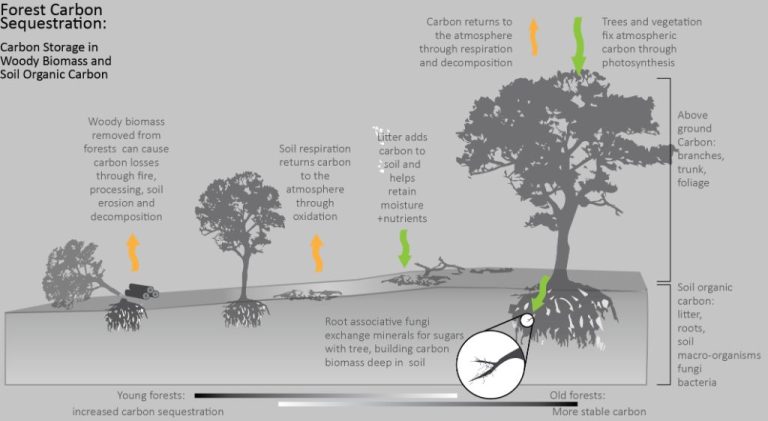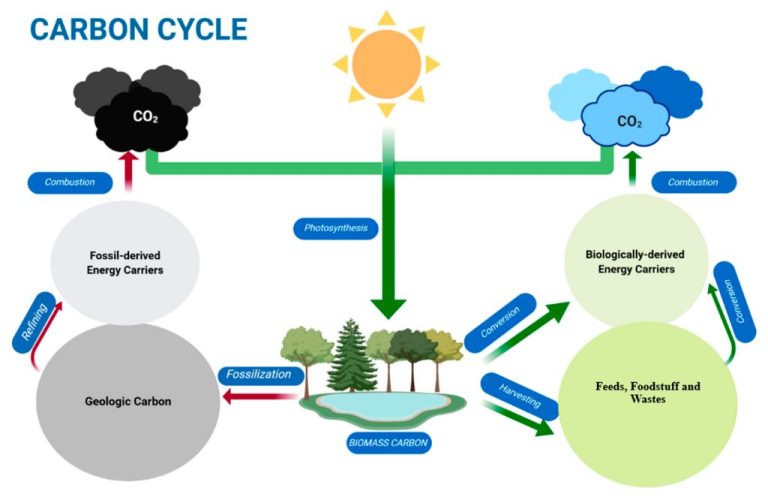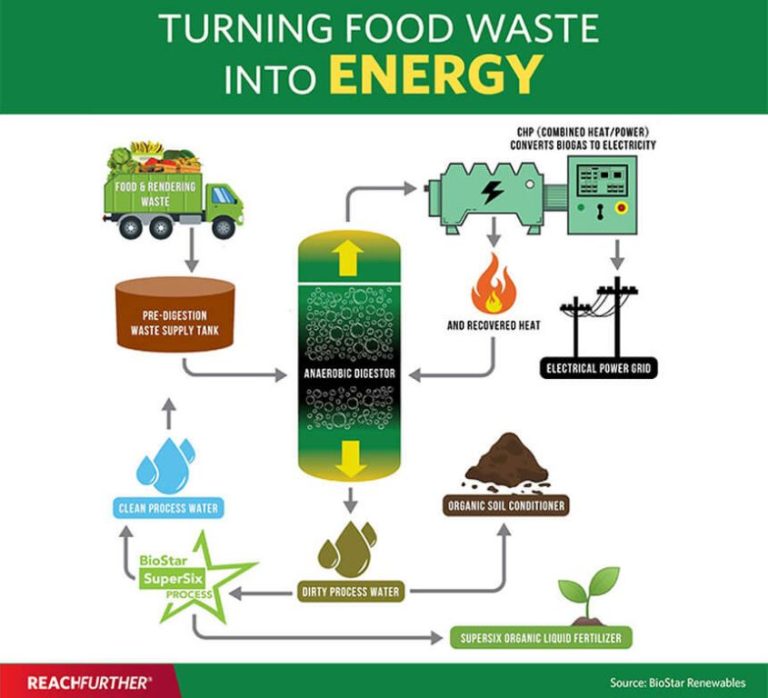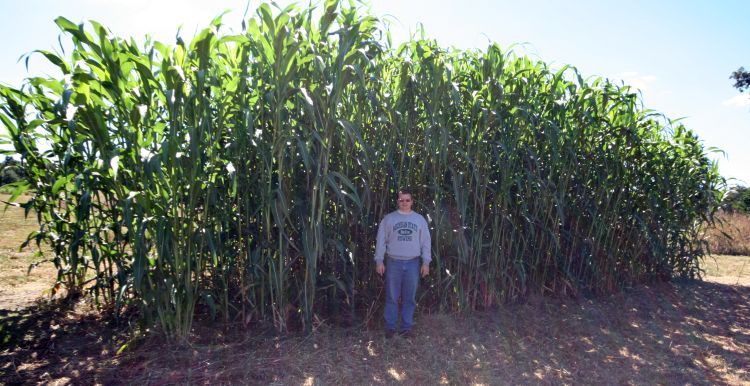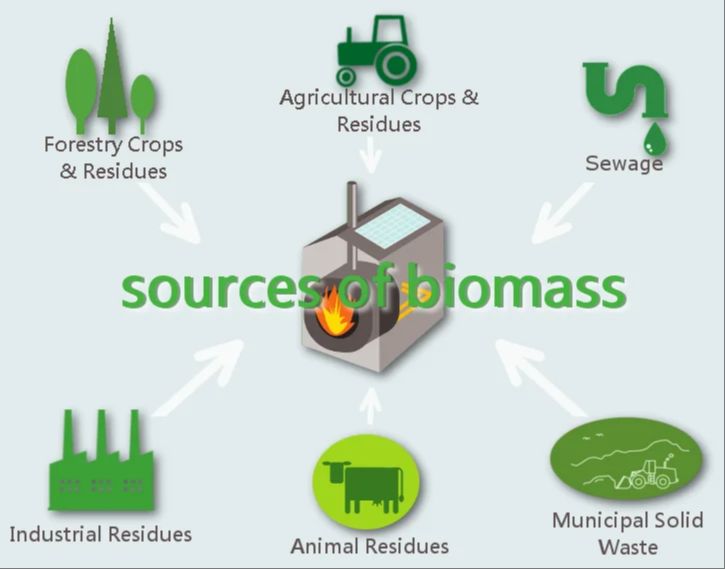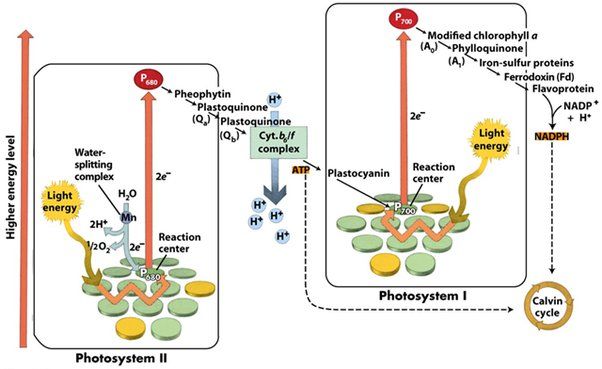What Type Of Energy Is Changed By Plants Into Chemical Energy?
Photosynthesis is the process that allows plants to convert light energy into chemical energy that they can use for growth and other cellular functions. This chemical process is extremely important for life on Earth as it provides the basic food source for nearly all organisms.
Through photosynthesis, plants and certain bacteria are able to utilize sunlight, carbon dioxide, and water to produce carbohydrates and oxygen. The carbohydrates produced provide energy for the plant and, when consumed by animals and humans, provide energy for cells and metabolism.
The release of oxygen through photosynthesis also makes the gas available for cellular respiration in plants, animals, and humans. This cycling of energy and elements between plants and other organisms sustains much of the life on Earth.
Light Energy
Plants undergo a process called photosynthesis to convert light energy from the sun into chemical energy that the plant can use as fuel. This conversion begins when sunlight is absorbed by a green pigment called chlorophyll that is present in plant cells. Specifically, chlorophyll absorbs photons, or individual particles of light, from wavelengths of visible light that appear blue and red. This light energy excites electrons in the chlorophyll molecules and provides energy for the first stage of photosynthesis reactions. The specialized organelles in plant cells that contain chlorophyll and the other machinery to perform photosynthesis are called chloroplasts. Within chloroplasts, the absorption of light energy by chlorophyll sets into motion the complex biochemical reactions that ultimately produce carbohydrates the plant can use for energy.
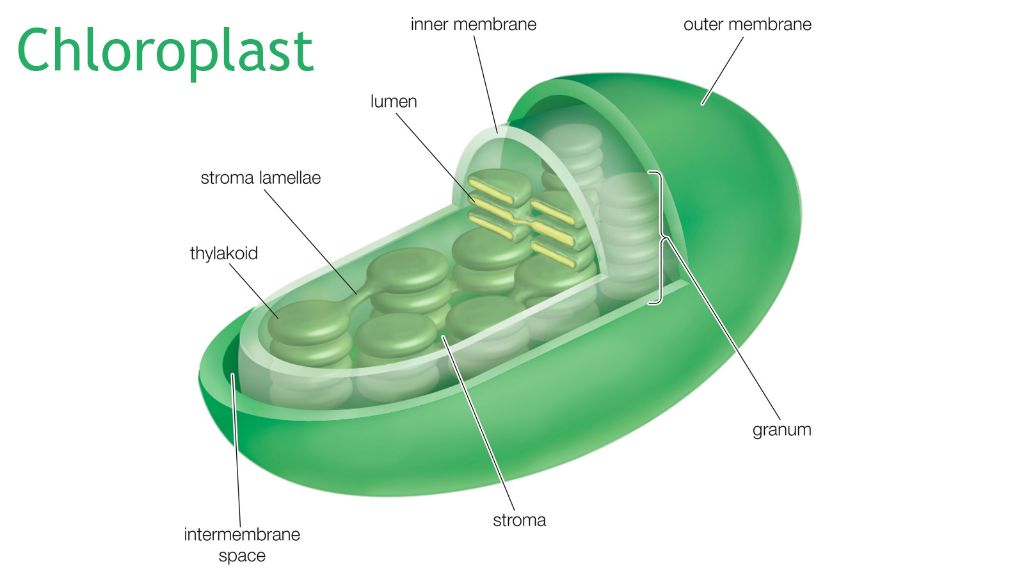
Carbon Dioxide
Plants take in carbon dioxide (CO2) from the atmosphere through small pores called stomata on the surfaces of their leaves. The stomata can open and close to regulate the intake of CO2. When the stomata are open, CO2 diffuses into the leaf and enters the mesophyll cells, which contain chloroplasts.
Inside the chloroplasts, the CO2 will be used to produce carbohydrates through photosynthesis. The intake of atmospheric CO2 into leaves through stomata is one of the critical steps that allows plants to convert light energy into chemical energy that they can use for growth and other metabolic processes.
Water
Plants absorb water through their root system, pulling it up from the soil and transporting it to the leaves and other parts of the plant. The root hairs are tiny extensions of the roots that massively increase the surface area for water absorption. As water is lost through the stomata (pores) on the leaves, it creates a negative pressure or suction force that pulls water up through the xylem vessels. These vessels act like tiny straws, using transpiration and capillary action to draw water up from the roots.
Water enters the root hairs by osmosis, diffusing from an area of high concentration in the soil to an area of lower concentration inside the root hairs. It then moves into the root cortex before entering the xylem vessels. The cohesion-tension theory best explains how water moves up to 100 meters from the roots to the leaves. Water molecules stick together (cohesion) and adhere to the walls of the xylem vessels. As transpiration occurs, it creates tension and pulls the water column upwards.
Once the water reaches the leaves it evaporates through the stomata, while nutrients dissolve in the remaining water. This nutrient-rich water is then able to nourish the plant cells. This efficient movement of water from the roots to the sites of photosynthesis in the leaves allows plants to absorb the water they need to survive and grow.
Chloroplasts
Chloroplasts are organelles found in plant cells and some algae that enable photosynthesis to occur. They contain the green pigment chlorophyll, which gives plants their green color and absorbs light energy. Inside the chloroplasts are stacked disc-like structures called thylakoids, which contain the chlorophyll. The thylakoid membrane houses proteins, enzymes, and other molecules that drive the light-dependent reactions of photosynthesis. When light hits the chloroplast, the chloroplast uses the energy to split water molecules, releasing oxygen as a byproduct. The energized electrons from the water molecules then move through an electron transport chain, which pumps hydrogen ions into the thylakoid space. This creates a concentration gradient that drives the synthesis of ATP. Overall, chloroplasts absorb light energy and convert it into chemical energy within the cell.
Light-Dependent Reactions
The light-dependent reactions occur in the thylakoid membranes within the chloroplasts. This is where the light energy from the sun is absorbed by the chlorophyll and converted into chemical energy in the form of ATP and NADPH. The light excites electrons from chlorophyll molecules, boosting them to a higher energy level. These energized electrons are then captured and used to power ATP synthase and generate ATP. The energized electrons are also used to reduce NADP+ into NADPH.
So in summary, the light-dependent reactions harness light energy to produce ATP for energy and NADPH for reducing power that will be used in the next stage, the Calvin cycle. The light reactions generate the energy and electrons needed to fix carbon dioxide into organic molecules.
Calvin Cycle
The Calvin cycle, also known as the light-independent reactions, is the second stage of photosynthesis where the energy from the light-dependent reactions is used to fix carbon dioxide into glucose. This process occurs in the stroma of chloroplasts and utilizes the products ATP and NADPH from the light-dependent reactions.
The Calvin cycle consists of three key steps:
- Carbon fixation – CO2 in the atmosphere is “fixed” by combining with the 5-carbon sugar ribulose bisphosphate (RuBP) to produce 6-carbon unstable compounds. This initial step uses the enzyme RuBisCO and is the way in which carbon enters the Calvin cycle.
- Reduction – The unstable 6-carbon compounds split into two molecules of 3-carbon glycerate-3-phosphate (GP). This step consumes ATP and NADPH to reduce GP.
- Regeneration – Most of the GP is recycled to regenerate RuBP so the Calvin cycle can continue. One out of every six GP molecules is converted into G3P, which can be used to produce glucose and other carbohydrates.
Through this cyclic process of carbon fixation, reduction, and regeneration, the Calvin cycle is able to harness the energy from sunlight to produce glucose and other carbohydrates from CO2 and water. The end products are energy-rich molecules that plants can use or store for later use.
Oxygen Release
As plants undergo photosynthesis, oxygen (O2) is released as a byproduct. The oxygen atoms that are freed come from water molecules that are split during the light-dependent reactions. For each molecule of glucose that is produced by the Calvin cycle, six molecules of oxygen are released into the atmosphere.
This oxygen release is critically important for life on Earth. The oxygen released replenishes the Earth’s atmosphere with the oxygen that is constantly being consumed by living organisms during cellular respiration. Without photosynthetic organisms producing oxygen, most life as we know it would not be able to survive.
Chemical Energy
When plants absorb light energy, it is used to convert carbon dioxide and water into glucose and oxygen in a process called photosynthesis. Photosynthesis takes place in organelles called chloroplasts, which contain the green pigment chlorophyll. Inside the chloroplasts, the light energy is initially converted into chemical energy during the light-dependent reactions. This involves using light to generate ATP and NADPH, which store chemical energy.
The chemical energy in ATP and NADPH is then utilized in the second stage of photosynthesis called the Calvin cycle. This takes place in the stroma of the chloroplasts. Here, carbon dioxide from the air reacts with the energized electron carriers to form glyceraldehyde-3-phosphate, a 3-carbon sugar. Multiple cycles convert this 3-carbon molecule into the 6-carbon sugar, glucose. This process requires the input of light energy, carbon dioxide, and water to produce glucose and oxygen as outputs. The glucose molecules store the chemical energy that was originally absorbed from sunlight. This chemical energy can then be used by the plant, or consumers that eat the plant, to power cellular metabolism and growth.
Conclusions
In summary, the process of photosynthesis allows plants to convert light energy from the sun into chemical energy. This chemical energy is stored in the form of carbohydrates such as glucose. Photosynthesis occurs in plant cells within organelles called chloroplasts, which contain the green pigment chlorophyll. The reactions of photosynthesis take place in two main stages: light-dependent reactions, where light energy is captured to generate ATP and NADPH, and light-independent reactions (the Calvin cycle), where carbon dioxide is fixed into organic molecules using the energy carriers ATP and NADPH. Oxygen is generated as a byproduct. The chemical energy produced from photosynthesis powers plants and gets passed along the food chain to animals and other organisms when they consume plants. Photosynthesis is a critical process on Earth, replenishing atmospheric oxygen and providing the foundation for almost all food chains and life on the planet. Understanding the biology of photosynthesis gives insight into how plants have adapted to use light energy for growth and survival.

